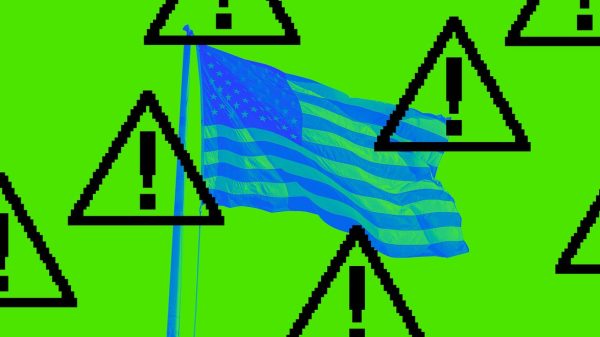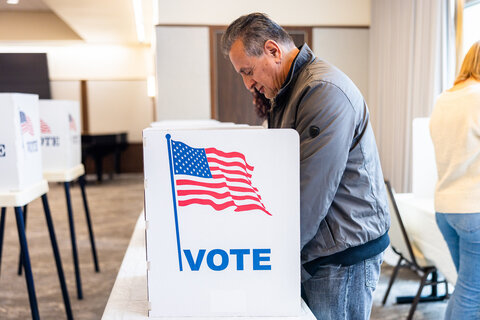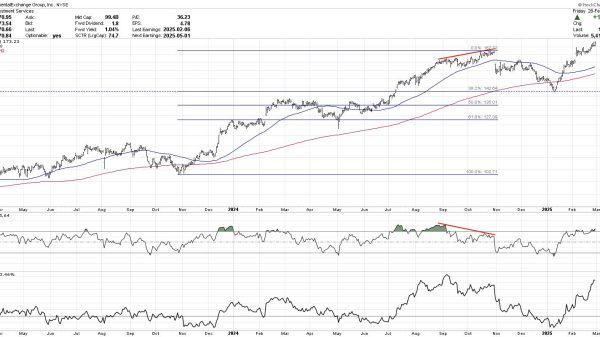Chris Edwards
Climate change may increase the frequency of hurricanes that batter coastal regions. In discussing renewable energy and climate change the other day, the Wall Street Journal reported:
“Sticking with fossil fuels risks worsening countries’ vulnerability to climate change. The Philippines—which plans to use more gas and renewables—is frequently hit by floods and cyclones and suffers the most weather-related losses of any country as a share of gross domestic product, according to reinsurance firm Swiss Re.”
That is not surprising about the Philippines because it consists of 7,600 islands with most of the population living near the seacoasts. The population of 116 million has doubled since 1987, and incomes have risen. So even without climate change, the Philippines would be suffering substantially more hurricane damage.
How about the United States—how much hurricane damage stems from climate change versus population and property value rise? Swiss Re published estimates on residential wind-related losses last year. Their charts below look at the change in annual constant-dollar losses between the 1970s and today. The first chart shows the United States, and the second shows Florida.
Since the 1970s, five times more of the increase in US hurricane damage stems from rising population and property values on the seacoasts than from rising hurricane activity (climate change). In Florida, the damage stemming from rising population and property values is seven times more than from rising hurricane activity.
The charts also show Swiss Re estimates of the offsetting reductions in damage since the 1970s stemming from improved building standards (the pink bars).
These estimates seem like good news because the relatively controllable factors (population on the seacoasts and building standards) have a much bigger impact on damage than the relatively uncontrollable factor (hurricane activity).
Regarding policy, we should repeal government programs that encourage Americans to live on vulnerable seacoasts. One program is subsidized flood insurance, which I’ve written about, as has Peter van Doren. There is also the problem that people are encouraged to live near seacoasts because they assume that governments will bail them out after future hurricanes.
Governments also encourage people to live in less-safe places with infrastructure subsidies. The massive damage from Hurricane Katrina in 2005 stemmed partly from huge Army Corps flood control structures that encouraged development in dangerous low-lying areas of New Orleans. Army Corps infrastructure also damaged wetlands near the city that help protect it from hurricanes. Another issue is that governments fund the rebuilding of infrastructure, such as beaches, in vulnerable seacoast areas after hurricanes.
Unfortunately, we can’t stop hurricanes from battering our seacoasts, and we’ve got Hurricane Helene bearing down right now on the Gulf Coast. We can, however, end government subsidies encouraging people to continue crowding into risky seaside locations.
























